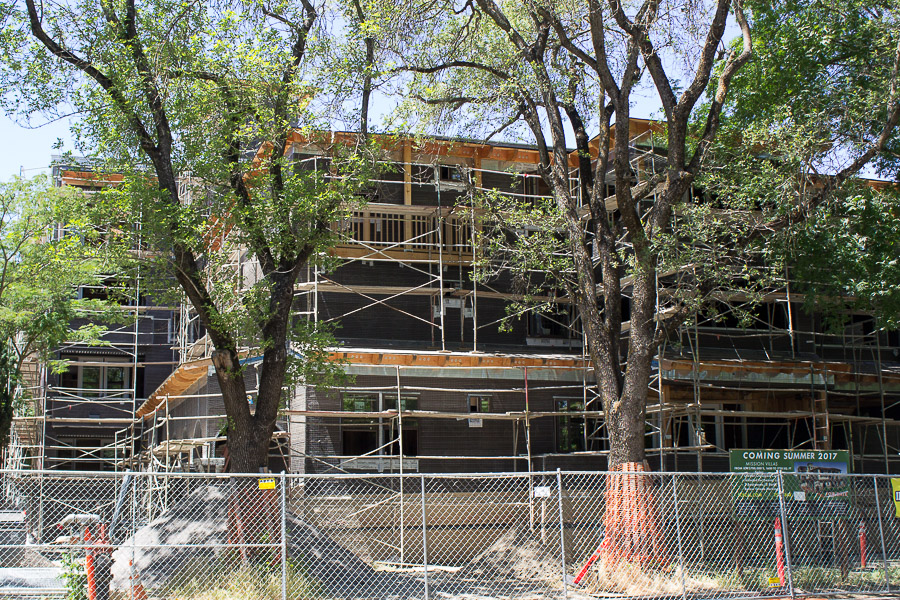
Davis’ housing crisis provides a unique opportunity for student activism
Many undergraduate students cite Davis’ college-town atmosphere as one of the deciding factors in choosing to attend this university. The friendliness and opportunities for connection are touted by admissions officials, and students do indeed benefit from a downtown with seemingly infinite options for food and studying. One must ask, however, whether the promise of a college town is delivered if entering students are unable to find adequate, affordable housing within its limits.
To put it simply, the housing situation here is dismal and growing progressively worse. Over the last two years, the rental vacancy rate in the city of Davis has been estimated to be between 0.2 and 0.3 percent. For perspective, many experts believe a healthy vacancy rate for renters falls between 5 and 7 percent. This measure translates to effects that have become familiar to Davis renters: increasing monthly rent payments, pressure to find adequate housing as early as possible and situations in which housing unavailability forces them to remain in unsafe or unhealthy rental units.
As with any public issue, the housing crisis did not arrive in Davis by happenstance. Measure R, first passed in 2000 as Measure J and renewed as R in 2010, requires that any proposed development on agricultural land or open space be approved by referendum. Though it may sound like a democratic mechanism to increase citizen input in community development, it has often been used instead as a method for people in the community to prioritize their slow-growth preferences over student needs. Meanwhile, the university has gladly latched on to the idea that most students prefer living in off-campus housing in Davis, utilizing this argument to justify providing less on-campus housing than many other UC campuses.
Historically, responsibility for student housing has been shunted back and forth between campus administrators and city officials, with each side demanding that the other do more. The recent boom in student population has only added more fuel to the fire, as the two parties have been unable to find common ground on the issue of on-campus student housing in the UC Davis Long Range Development Plan. For its part, Davis City Council approved the Renters Resources Ordinance in March, creating a system for rental unit inspections and establishing a reporting mechanism for problem properties. In April, the council approved the Sterling 5th Street Apartments proposal, which will bring student-oriented and affordable units to Davis — one small step in increasing the rental vacancy rate. As the city makes headway in combating this problem, however, the university has seemed unwilling to take any real steps.
With the student population’s continued expansion, it’s time for both parties to continue to tackle this issue, to take some blame for the problem and to move forward. It is time, too, that students step into the arena of local politics, demand action and refuse to be used as pawns in a political game.
For a Millennial population that expresses feelings of fury and helplessness over today’s political climate, it’s disheartening and illogical that students do not engage with local issues. The population of the city of Davis is approximately 67,666. UC Davis’s current undergraduate student population is estimated to be well over 28,000. These demographic realities offer untapped potential for student activism. When students came out in numbers to support the aforementioned Sterling Housing project, for example, it was clear that council members and Davisites alike took note. We owe it to ourselves and to future Aggies to vocally support future housing developments at the campus and city level.
Although it may be tempting for students to focus their attention on the federal government’s worrisome policy goals, local government provides an underutilized political arena that can do good for its citizens in tangible ways. It’s up to students to recognize their strength in numbers, energy and willpower, and to come together to solve the problems present in their own communities.
Written by: Sara Williams



